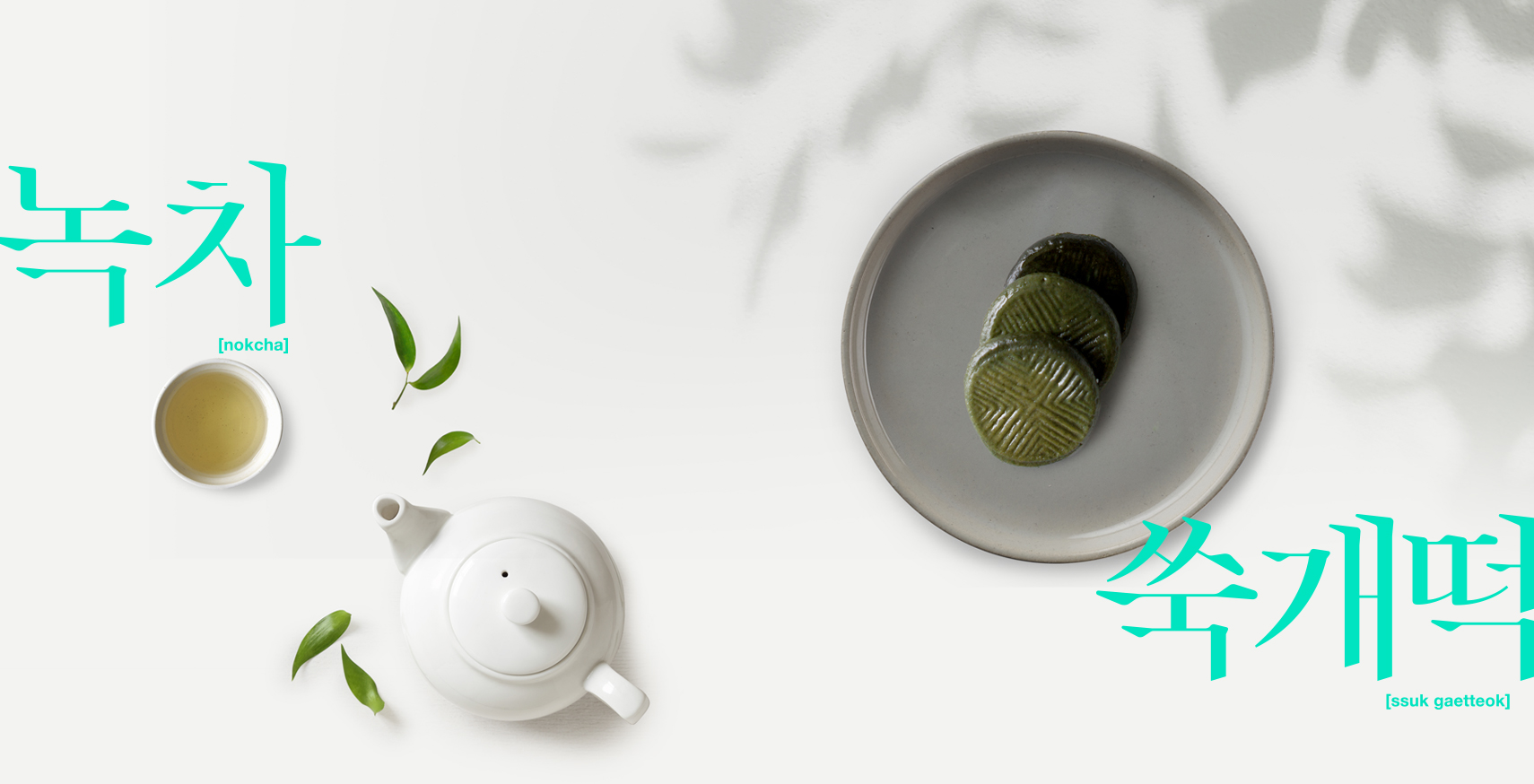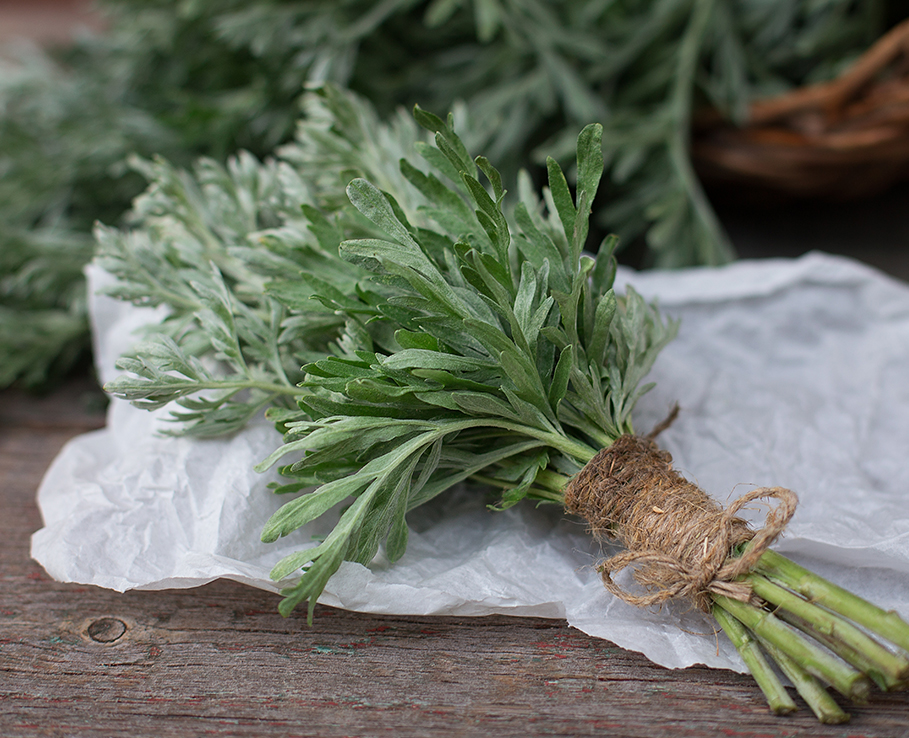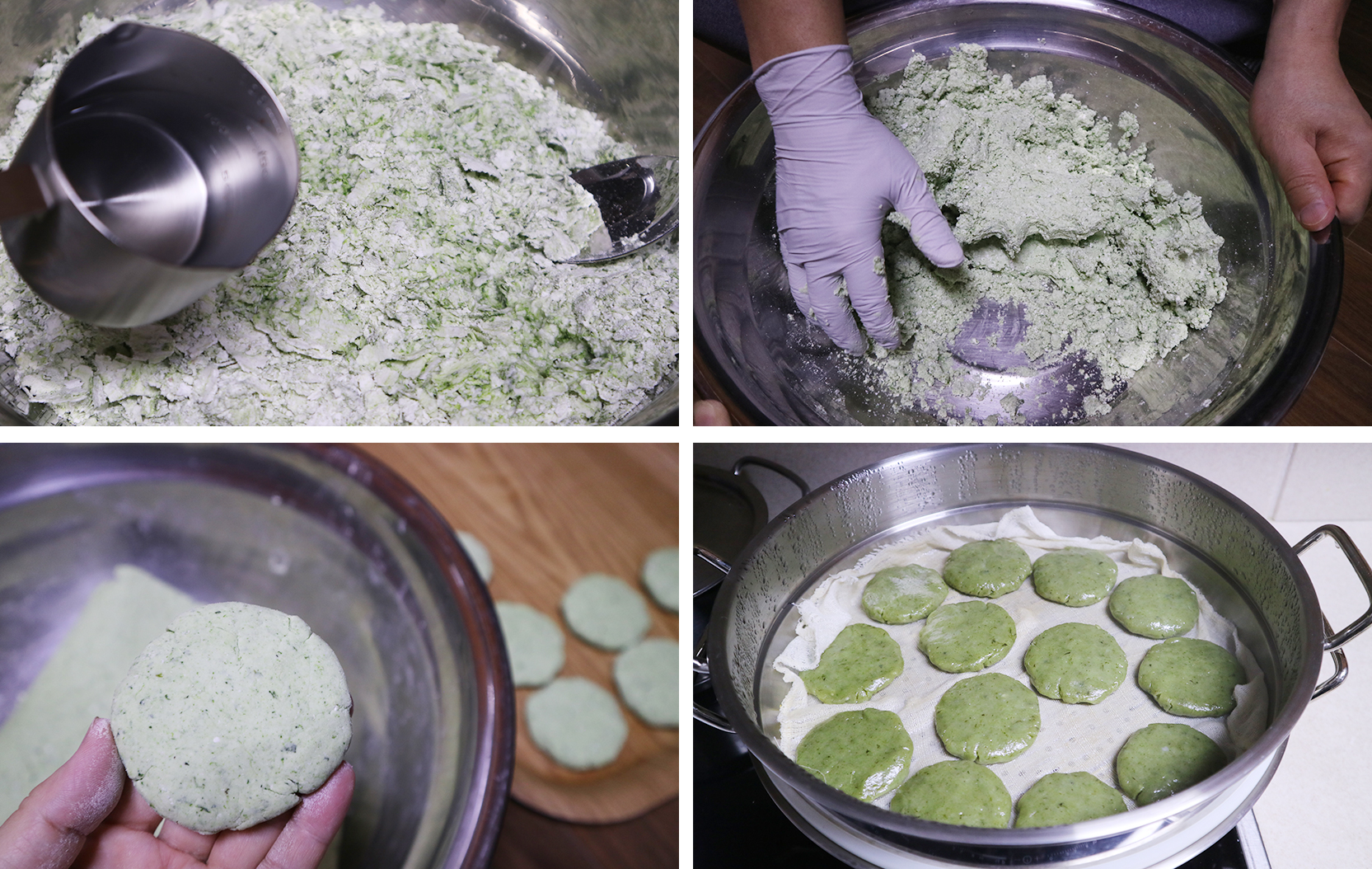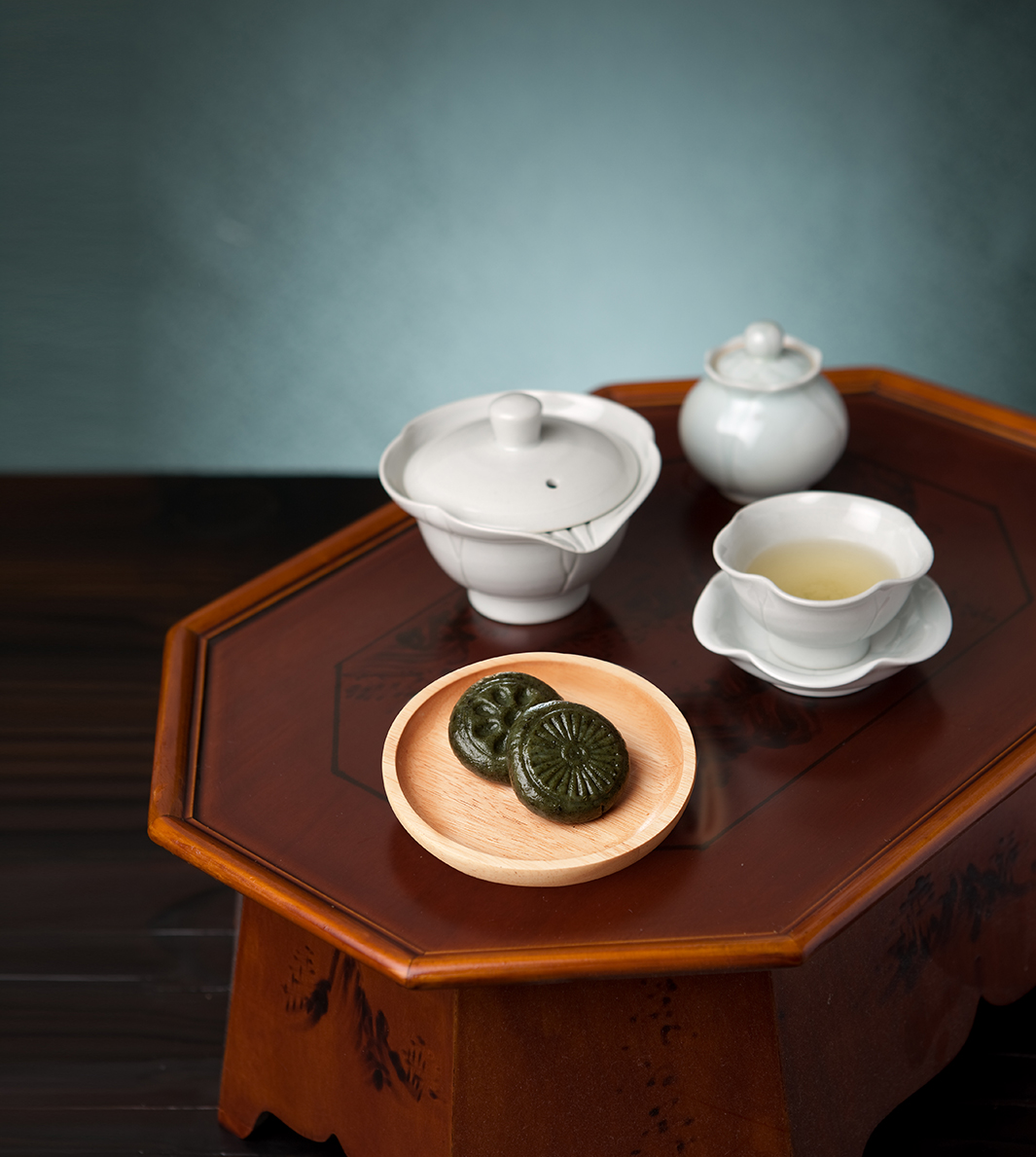May 2021

May 2021
Finding themselves thrust into the modern and fast-paced Korea of today, many Koreans have made an effort in recent years to re-familiarize themselves with their country’s culinary traditions that have inevitably faded during Korea’s period of rapid development. Considering its subsequent transformation into an international country, such rekindled interests in ethnic traditions embed renewed pride in Koreans’ sense of national identity.
Written by
Todd Sample,
contributing writer
Photo courtesy of
Baekkot,
food blogger

One such example is the embracing of foods made with seasonal ingredients which were enjoyed for very brief periods of the year in the agrarian Korea of bygone years. As spring represents rebirth and new beginnings, the current season we now find ourselves in is prime time to enjoy a traditional treat made with mugwort, an herb that historically heralded spring’s arrival, has a pungent aroma and has long been known for its health benefits. In fact, the legend of Korea’s founding way back in 2333 BCE includes a reference to mugwort!
Koreans are making efforts to get in more
intimate terms with the nation’s culinary traditions.
Such rekindled interests in ethnic traditions.
embed renewed pride in national identity.
 Implied in the meaning of het preceding nokcha (also known as matcha or green tea)
Implied in the meaning of het preceding nokcha (also known as matcha or green tea)
are newly harvested springtime leaves that exude rays of green. © imagetoday
 Mugwort is a versatile ingredient in Korean food, whether applied as a spice or as a main constituent. © shutterstock
Mugwort is a versatile ingredient in Korean food, whether applied as a spice or as a main constituent. © shutterstock
Mugwort is known as ssuk in Korean and when it is added to Korean rice cake, tteok, the chewy delicacy is referred to as ssuk gaetteok. Visitors to any tteok jip (rice cake shop) will immediately recognize that Korean rice cake comes in many shapes, forms and colors. Ssuk gaetteok is unique, however, in that in addition to its herbal scent, it has a slightly rough texture thanks to the fibers of the mugwort leaves, which are both visible and noticeable when you take a bite. The most common shape of ssuk gaetteok is comparable to a flattened medallion, which is also different from other types of Korean rice cake. The taste of ssuk gaetteok can be described as slightly grassy at first bite, followed by a fragrant almost eucalyptus-like pungency, and a slight bitter flavor at the end. The reason why mugwort is ideally harvested early on in spring is because its herb grows increasingly bitter over time. When we consider the healthy benefits of mugwort, the herbal flavor profile designation becomes less of an “acquired taste.” Especially for women, the medicinal properties of mugwort are said to alleviate menstrual pain and warm the body. Certain varieties of ssuk are used as additives to herbal baths!
As an accompaniment to the herbal aroma of mugwort rice cake, the beverage traditionally enjoyed alongside it is also one tied closely with spring, newly harvested green tea or het nokcha.
 Making ssuk gaetteok work than that of typical procedures in kneading Korean rice cakes or traditional pancakes.
Making ssuk gaetteok work than that of typical procedures in kneading Korean rice cakes or traditional pancakes.
In the last decade, thanks to a significant amount of private sector investment, Korea has upped its green tea game. Today, along with China and Japan, Korea is now considered among the leaders in Asia’s green tea production. Boseong and Hadong counties, plus Jeju-do Island have emerged as major sites of green tea production. Consequently, the surge of domestic increase in various matcha applications spawned an increase of shops and cafes selling the beverage despite the overwhelming prevalence of coffee shops. Once found only in dusty traditional tea shops on the upper floors of side-alley buildings with antiquated facilities and thus unable to appeal to younger people, Korea’s tea-drinking culture is now thriving and sipping on green tea is cool.
Not all green tea is the same, of course, which calls for us to take a deeper look into what distinguishes het nokcha from green tea, especially in accounting for the superiority of the former. As is true of most Chinese characters, the character for het (綠) can be defined in several different ways, among which most relevant in this context is simply “green” or in more specific terms, “exuding rays of green.”
 Korean tea ceremonies often use octagonal, or similarly proportional tables for consumers seated on floors. © gettyimageskorea
Korean tea ceremonies often use octagonal, or similarly proportional tables for consumers seated on floors. © gettyimageskorea
The first picking of green tea leaves is done prior to Cheongmyeong, or “the clear and balmy season,” according to the Lunar calendar. The first-growth leaves used to make het nokcha are so small, a person working for an entire day can pick only one kilogram of them. Thus, this tea is both exclusive and expensive due to its small quantity. Compared to tea made from leaves picked later in the growing season become more bitter with time, het nokcha emits both flowery and fruity scents, which along with slight tannins, complement perfectly the herbal aroma of mugwort rice cake.
If we were to visualize Korea circa 2021 replete with high-tech, modern infrastructure as a color, it would be steely gray. This cold color, however, is broken up by the onset of spring and the green that fills it, which instills in us a sense of optimism for the year ahead and offers the opportunity to enjoy traditional springtime Korean flavors, the fleeting nature of which simply increases their appeal.